Makoshika Park
Walking with Dinosaurs
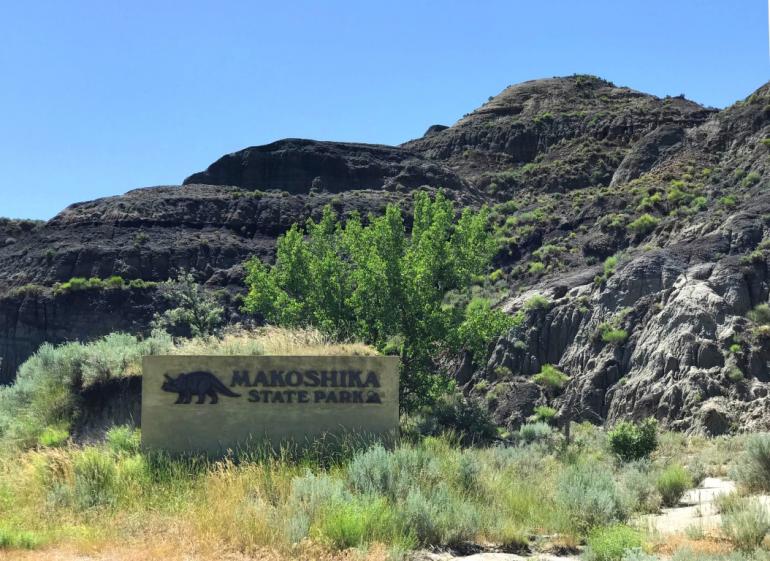
Following the Path the Dinosaurs Walked
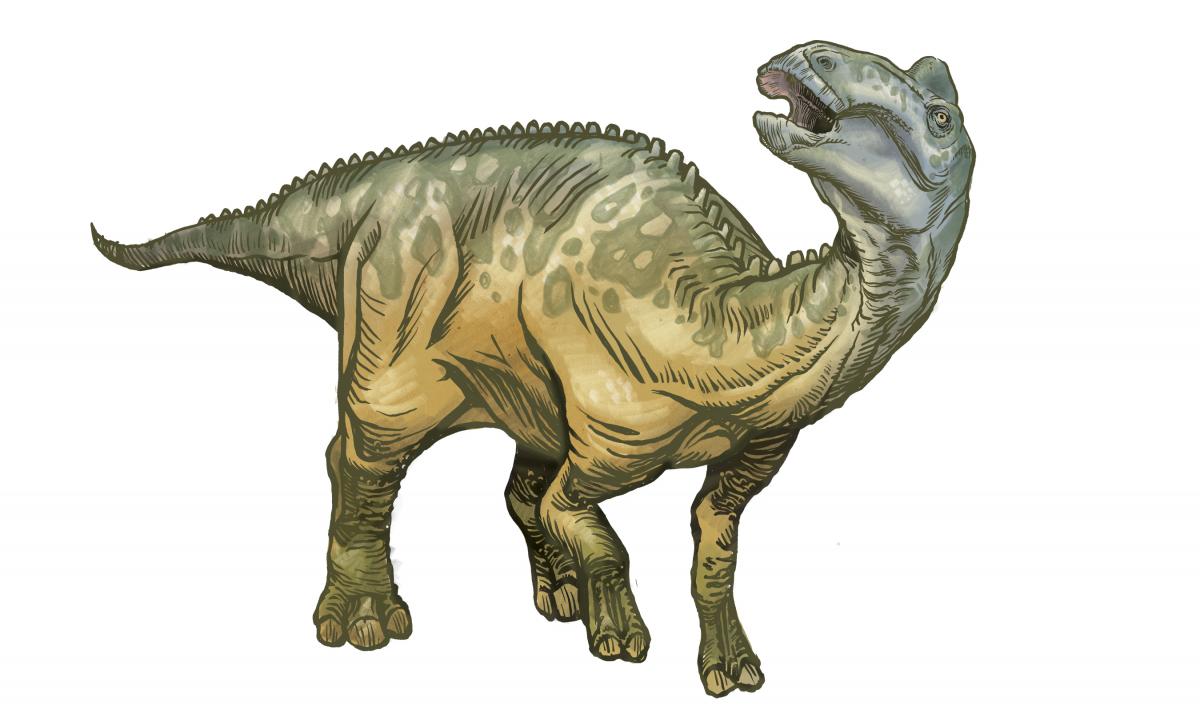
A quick breath of air surged past the sparks lying gently on dry grass. A few more puffs, and the fire crackled, bringing warmth and light to the campsite. A small group of hunters gathered around to keep warm before turning in for the night; tomorrow was going to be a long and hard day’s work if they were to have a successful hunt.
Early the next morning, the crew got up with the sun. Quietly stalking their quarry, they crept through the rifts and valleys of what is now known as Makoshika State Park. They stealthily ambushed their prey that was grazing near Cains Coulee Creek. The mammoth would help to feed their people and provide resources necessary to survive.
Of course, the area wouldn’t be designated as a state park for another 11,000 years, and many more Indian tribes would set up camp in the area. Even today, as you camp in the park, your tent is likely pitched on the same grassy plain where countless other groups have set up camp in the years before we were here.
Makoshika State Park, derived from the Lakota words meaning “bad land,” consists of dry river beds that have given way to the winds and waters of time, showing us that for many millions of years, creatures big and small have called this area their home.
The Hell Creek Formation of Eastern Montana
Sixty-six million years ago the earth was going through a transition. The climate was changing, and Montana was shifting from a sub-tropical to a more arid environment. The Cretaceous period, marked with lush vegetation and home to enormous reptilian creatures, was drawing to a close. Soon, the Tyrannosaurus Rex, Triceratops, and countless other species would fade from existence in a mass extinction phenomenon.
Mammals gradually came to take their place as the earth entered into the Paleocene epoch. As the dinosaurs died off, many of them merely decayed and returned to the earth. But if the conditions were just right, such as those conditions found in eastern Montana, they were quickly buried in the surrounding sediment, and spent the next several million years transforming from organic matter into fossilized bones.
As wind and water eroded away the softer soils, the rugged and “bad” landscape that we know today was exposed. Fossilized dinosaur bones burst from the hillsides, making excavation much easier than in many other areas of the country. Even today bones continue to make their way back to the surface after eons of being buried underground.
When you visit the park, be sure to pay attention and look for the distinctive KpG Boundary line. This horizontal marking on the sediment divides the eras; below lie fossils from the Cretaceous period, while above lie fossils from the Paleocene. The KpG line is just one of the many fascinating geologic features of the park.
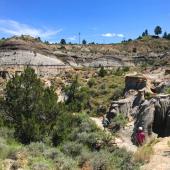
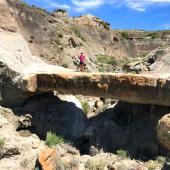
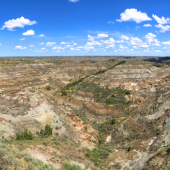
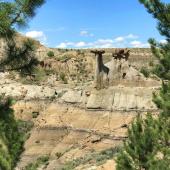
Makoshika State Park as We Know it Today
Glendive has adopted the tagline “Good people surrounded by bad lands.” But these lands are only bad in appearance. The fascinating geologic features, pristine views, campsites, and series of hiking trails mean that you could spend a week here and never tire of the rugged landscape.
“Hiking is the number one thing that people want to do when they come to Montana,” Makoshika State Park manager Chris Dantic explains. “The park offers that when they first cross the border.” Whether you’re only interested in a 20-yard jaunt from the vehicle to take in Eyeful Vista, or you’re up for the four and a half mile trek from Gunner’s Ridge to Hungry Joe, there are trails for everyone no matter their fitness levels. Even after the upper roads close for the winter (around the middle of December in most years), you can strap on snowshoes and see how the park completely changes season after season.
If you really want to get to know the area, you must spend a few days here. Camping can be reserved in the summer months but fall through spring is first come, first served. From your base camp you can experience miles of hiking, a PDGA-certified disc golf course, and take in one of the many presentations given at the amphitheater situated in front of the picturesque Twin Sisters formation.
While touring the park, it is recommended to hike the Diane Gabriel Trail where you can see Hadrosaur vertebrate trace fossils projecting from the sediment, just as a paleontologist would discover them. Continue up the road to the Cap Rock Trail and experience the unique geologic formations where denser rocks sit perched atop columns that look as though they could topple with the slightest gust. Along the way, notice the KpG Boundary, and pose for a picture or two on top of the Natural Bridge.
While a self-guided tour is easy to do, Chris recommends two unique times for the park. Come on the second Saturday of October for the National Fossil Day event. Partnering up with the Glendive museums and Baisch’s Dinosaur Digs, the park offers a chance to see real fossils, win prizes, make your own fossil casts, and more. All day exciting and educational opportunities abound for park visitors.
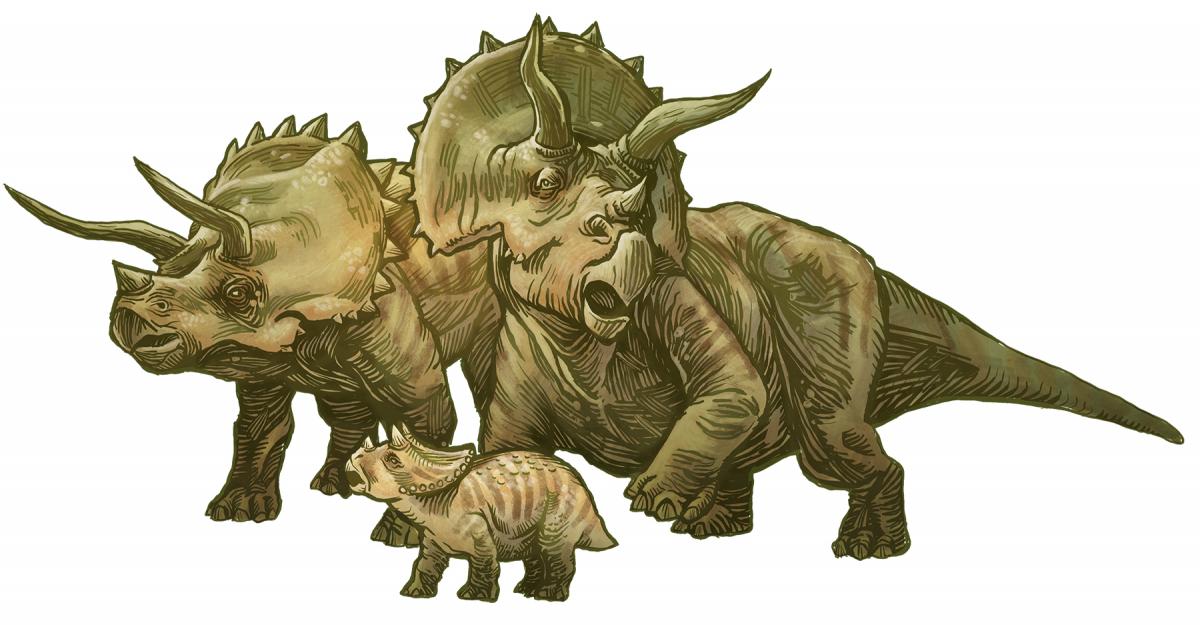
He also recommends that you return on a Saturday during the summer. It is then that a paleontology intern guides visitors through the paleo experience. Beginning in the small museum portion of the visitor’s center, you learn all about the 13 species of dinosaurs that have been discovered in the park. From there, you tour through the basement that has been developed into a fully functioning paleontology lab. You get to see bones from every species, touch them, and learn how that animal lived millions of years ago. It’s a hands-on experience to learn how the fossil is taken care of after extraction from the earth.
For millions of years giant creatures walked quite literally through our backyards. As the world changed, many climates did not support the rapid fossilization required to preserve the evidence of their existence. But all you need to do is travel east and get into the bad lands of the Hell Creek Formation. As you enter into Makoshika State Park, you can see, experience, and walk where the dinosaurs walked.

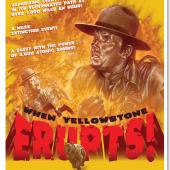
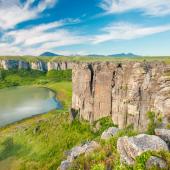

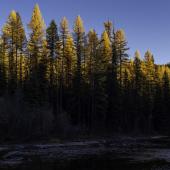
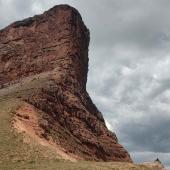

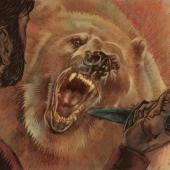

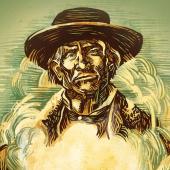
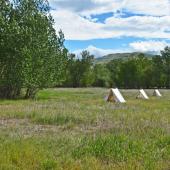
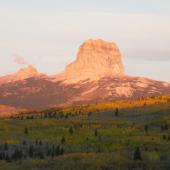
Leave a Comment Here